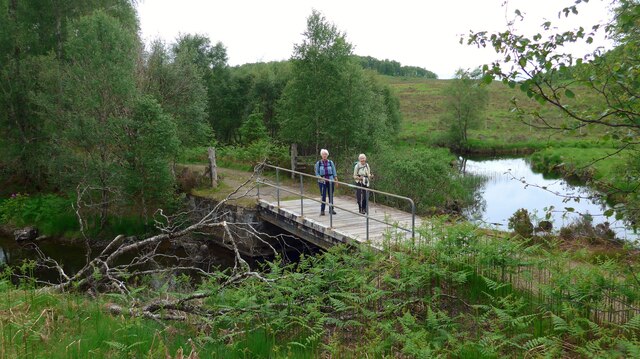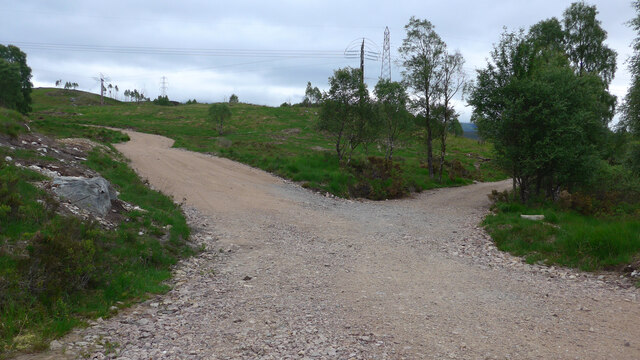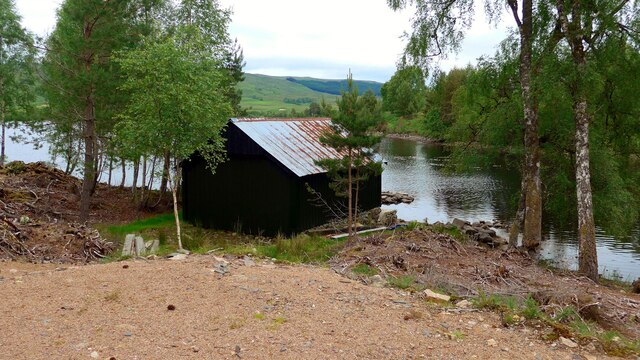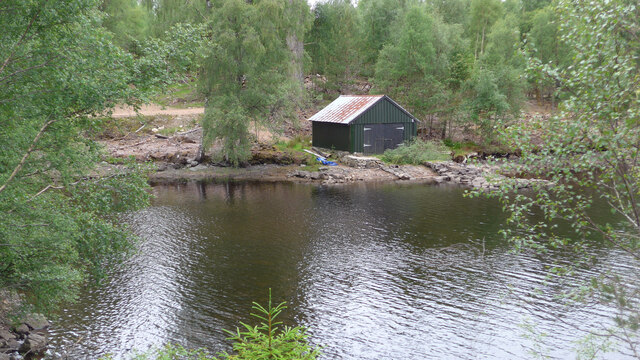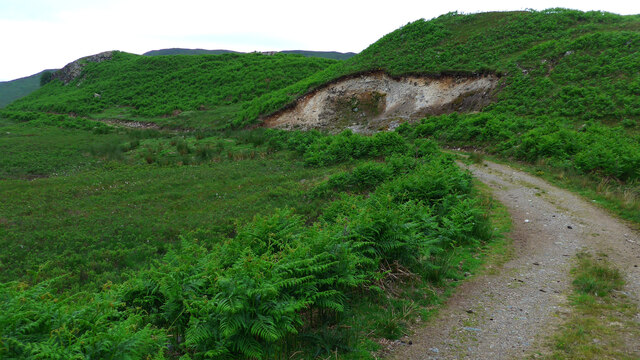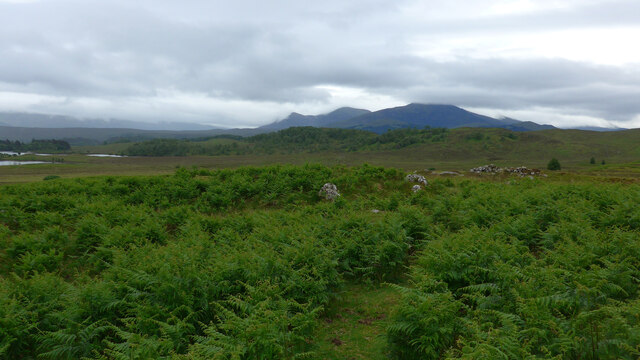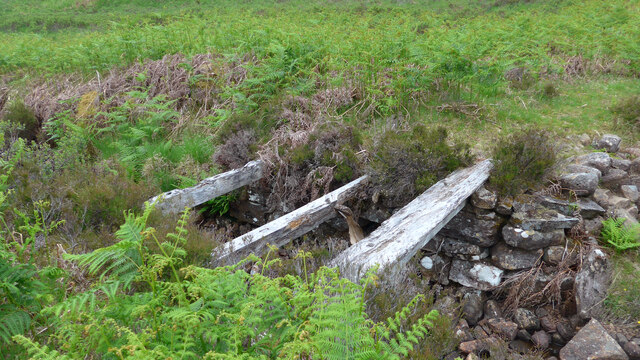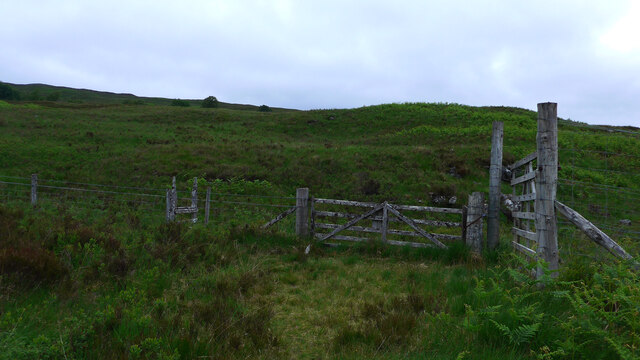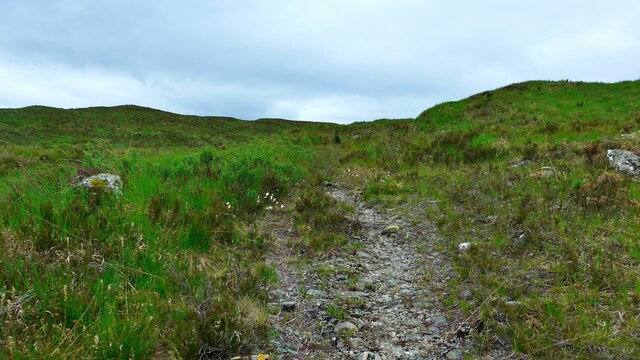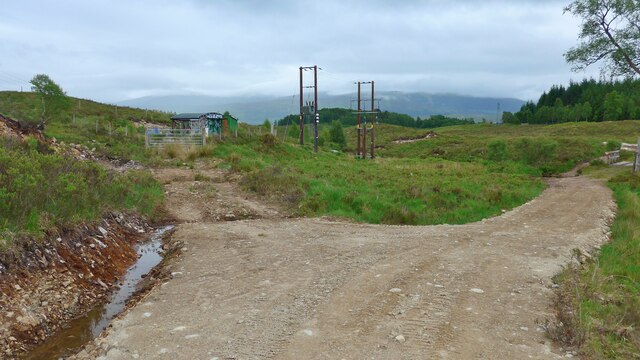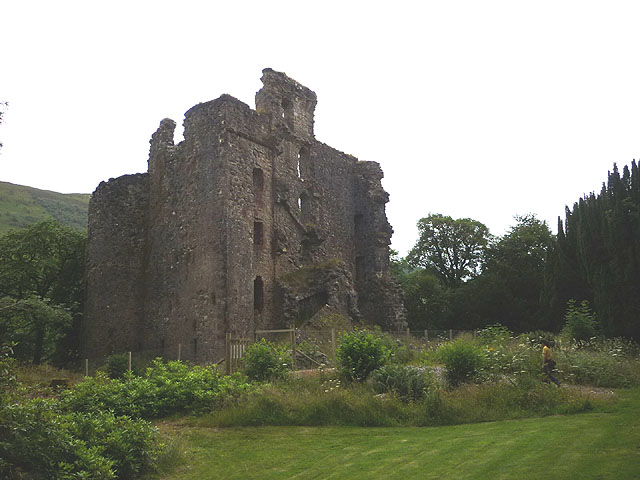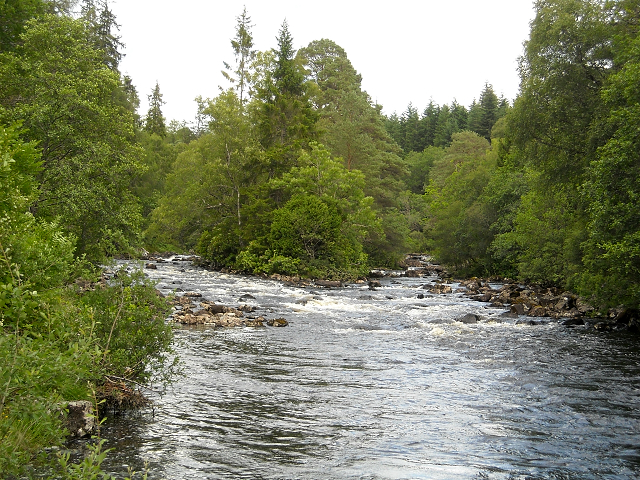Eilean Mhic Raonuill
Island in Inverness-shire
Scotland
Eilean Mhic Raonuill
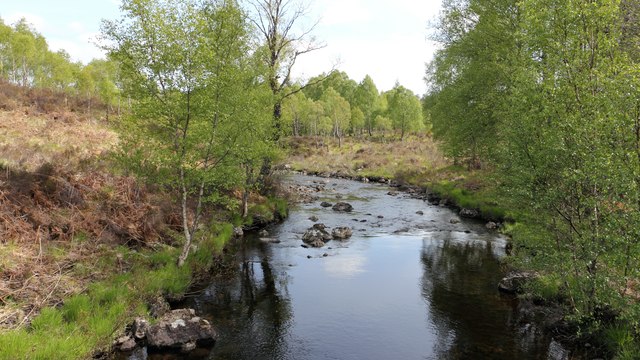
Eilean Mhic Raonuill, also known as Eilean Mhic Rathain or Eilean Mhic Ránaill, is a small island located in Inverness-shire, Scotland. Situated off the west coast of Scotland, this island is part of the Inner Hebrides archipelago.
Eilean Mhic Raonuill spans an area of approximately 0.2 square kilometers and is predominantly rocky and rugged. The island is uninhabited and lacks any permanent structures or facilities. It is a designated Site of Special Scientific Interest (SSSI) due to its diverse bird population and unique flora and fauna.
The island is accessible by boat or kayak, and it offers visitors stunning views of the surrounding landscape. The cliffs and rocky shores provide nesting sites for various seabirds, including guillemots, razorbills, and puffins. Additionally, the island is home to several species of seals and otters, making it a popular spot for wildlife enthusiasts and photographers.
For those interested in history, Eilean Mhic Raonuill is believed to have been used as a burial ground during ancient times. Archaeological excavations have uncovered evidence of human activity and the remains of a chapel, suggesting that it had religious significance in the past.
Overall, Eilean Mhic Raonuill offers a unique and remote experience for nature lovers and history enthusiasts, with its untouched landscapes, diverse wildlife, and historical remnants.
If you have any feedback on the listing, please let us know in the comments section below.
Eilean Mhic Raonuill Images
Images are sourced within 2km of 57.09423/-4.8091741 or Grid Reference NH2903. Thanks to Geograph Open Source API. All images are credited.

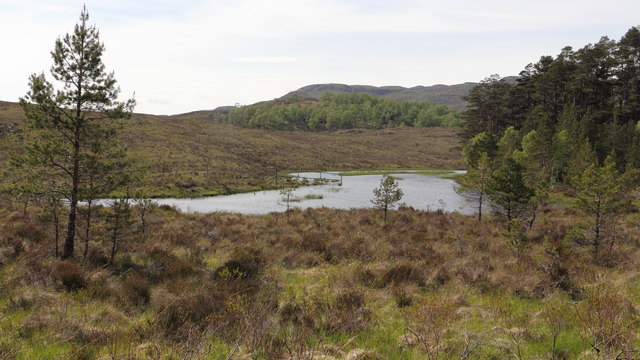
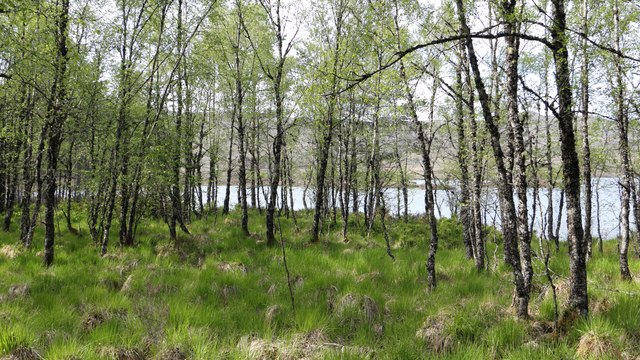
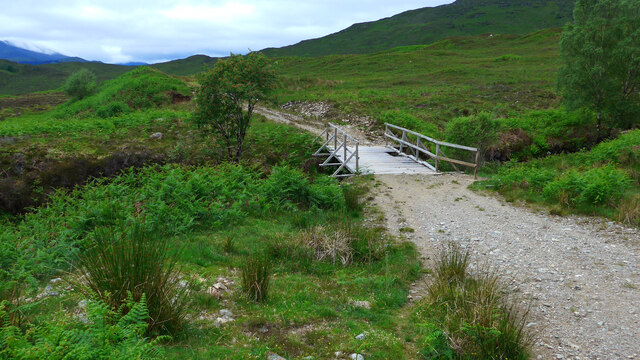
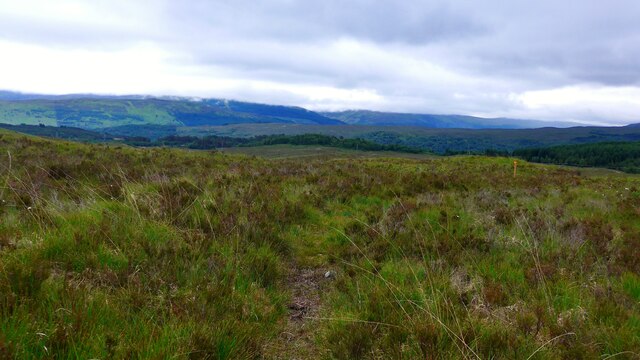
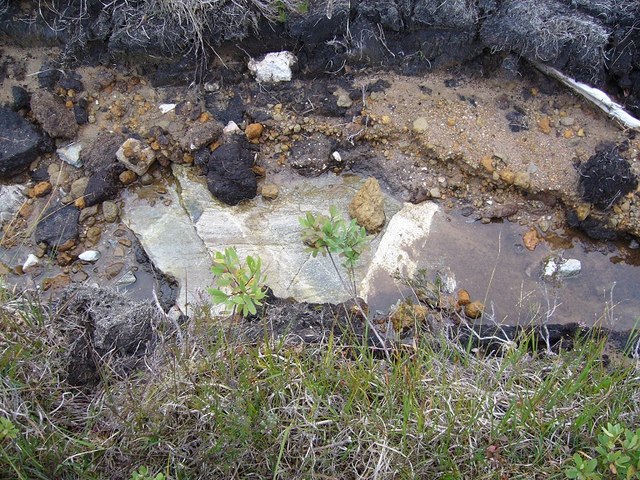
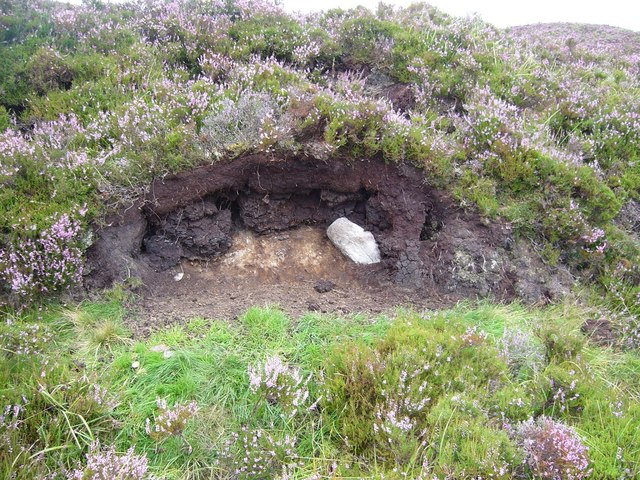
Eilean Mhic Raonuill is located at Grid Ref: NH2903 (Lat: 57.09423, Lng: -4.8091741)
Unitary Authority: Highland
Police Authority: Highlands and Islands
What 3 Words
///constrain.panther.marginal. Near Gairlochy, Highland
Nearby Locations
Related Wikis
Loch Lundie
Loch Lundie is a small, lowland freshwater loch in Glen Garry, about 1.5 miles (2.4 km) north-west of Invergarry in the Scottish Highlands. The loch is...
Invergarry
Invergarry (Scottish Gaelic: Inbhir Garadh) is a village in the Highlands of Scotland. It is in the Great Glen, near where the River Garry flows into Loch...
River Garry, Inverness-shire
The River Garry (Scottish Gaelic: Garadh / Abhainn Gharadh) in Inverness-shire is a Scottish river punctuated by two long Lochs, in the region of Lochaber...
Great Glen Fault
The Great Glen Fault is a strike-slip fault that runs through the Great Glen in Scotland. The fault is mostly inactive today, but occasional moderate tremors...
Nearby Amenities
Located within 500m of 57.09423,-4.8091741Have you been to Eilean Mhic Raonuill?
Leave your review of Eilean Mhic Raonuill below (or comments, questions and feedback).
